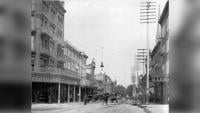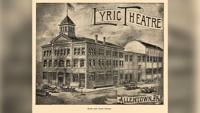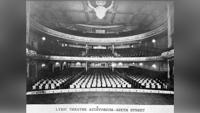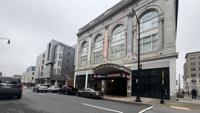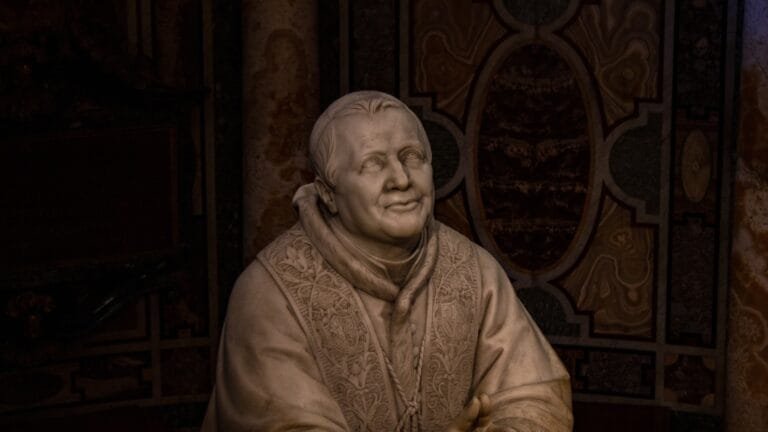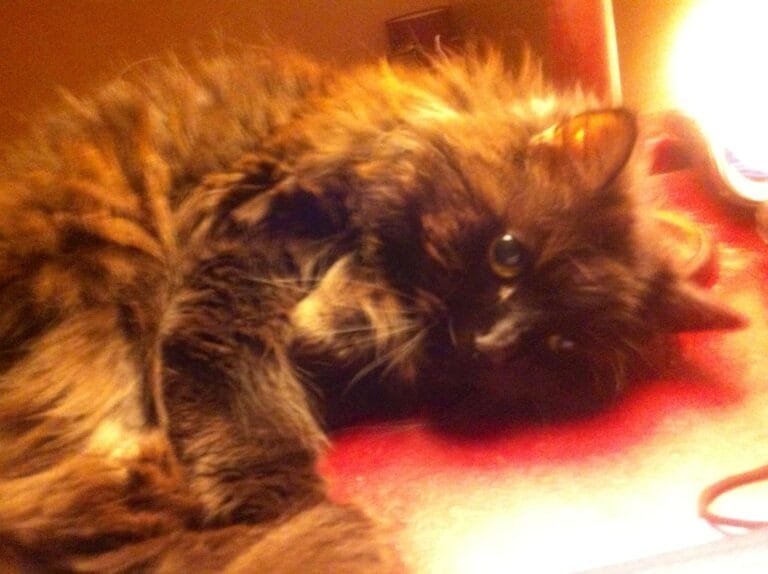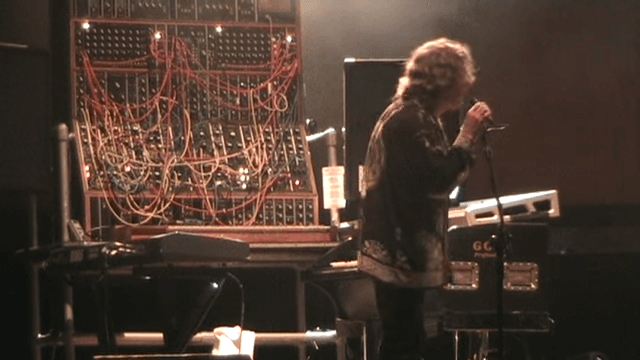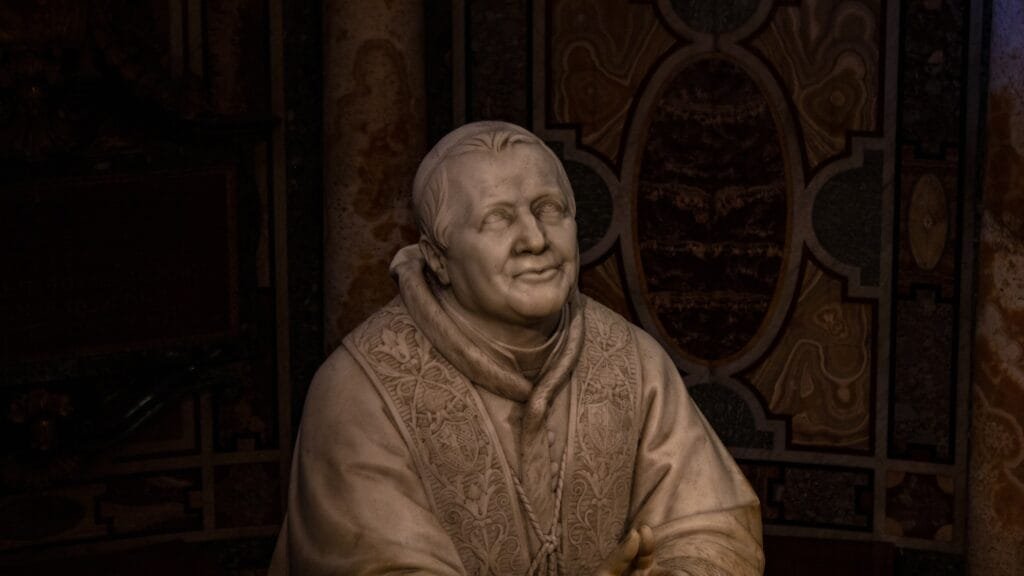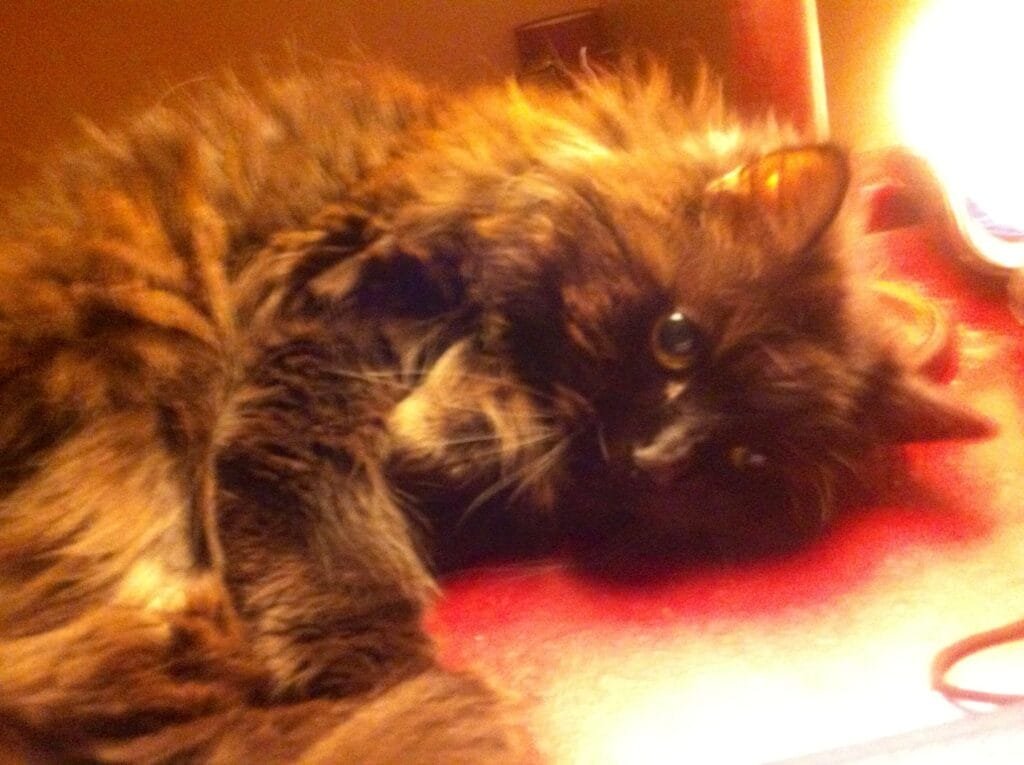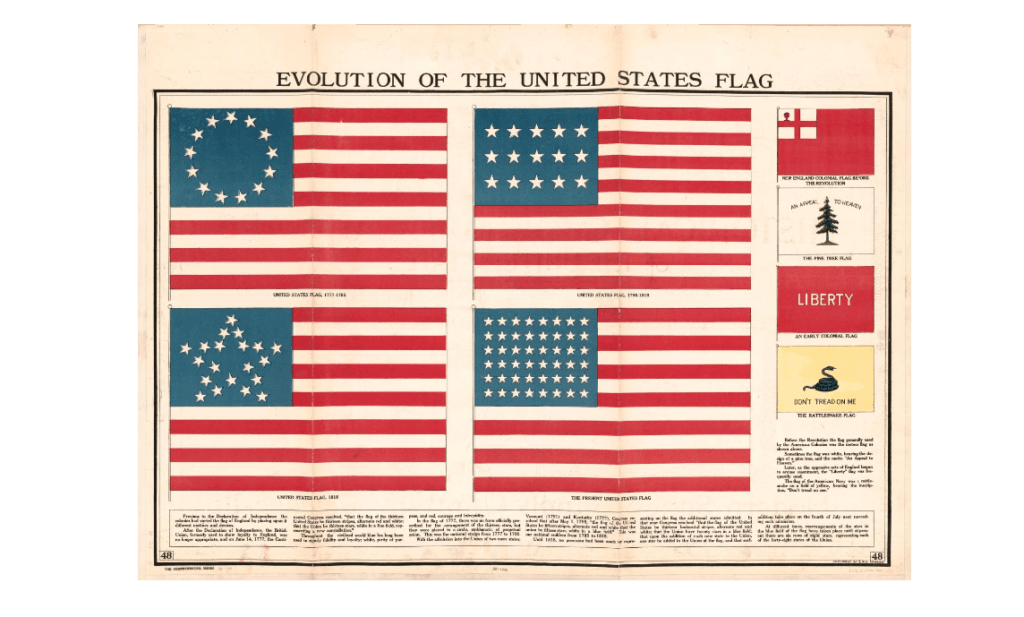To record every great moment in the history of Allentown’s Miller Symphony Hall (formerly the Lyric Theatre) would be impossible. But one that is perhaps the unintentionally funniest occurred in the early 1950s.
At that time the burlesque phase of the Lyric’s career was still going strong. The theater’s manager was Manny Davis, who had been on the job since 1941. Much to the delight of his 12- year-old son, Micheal, he pretty much had the run of the theater. As recorded in his memoir Memories of a Lucky Kid, he was standing on the edge of the curtain when one of the “girls” came on. Turning to the boy, she had an unusual request. As she stripped, could he hold her clothes? Young Micheal Davis apparently did not think this request all that unusual. He had, after all, seen a lot. So, as she went into her act, he dutifully stood by to catch the flying garments.
Suddenly out of the corner of the stage came his father, “fedora and all,” headed for his son.
“What are you doing, son?” he asked.
“She asked me to hold her clothes,” Micheal replied, like it was the most natural request in the world.
“Well, just beat it, son,” said his father.
“But dad,” Micheal began to protest, “they’ll fall on the floor!”
“Don’t worry about it,” his father said.
Now a thoroughly embarrassed 12-year-old boy, he did as he was told. What happened to the stripper, if anything, is lost to history.
If things had worked out as its builders had first envisioned, what is Miller Symphony Hall today might never have been any kind of theater at all. To judge from accounts in the newspapers it was to be called Central Market Hall.
Since the colonial era Pennsylvania German farmers from around the area came to Center Square to sell their produce. The idea apparently was that with a Central Market Hall the vendors could be protected from the elements. They would of course have to pay a small fee to rent space and pay for upkeep and maintenance. Unfortunately, this apparently went against the grain of frugal Pennsylvania Dutch farmers who suddenly found they would have to pay for something that they had been doing for free for years. Getting a little wet was something that just went with being a farmer. They baulked and nobody showed up.

Between 1896 and 1899 the large buildings sat there largely unused except for an occasional prize fight and Mealey’s dancing school class. Its biggest draw were choral competitions from Welsh singing groups from the coal regions. They were widely covered in the Allentown Chronicle and News as Eisteddfod Society competitions. Also, at the time of the Spanish-American War, patriotic rallies were held but it was still an empty space.
No one knows for sure who exactly picked the firm of McElfatrick and Sons to design the new theater, but the choice was an inspired one. Founded by J.B. McElfatrick , he was joined by his sons, Wiliam and John. Located in New York, they were known not just for their fine designs but also near perfect acoustics that many theaters of the day lacked. The firm built a lot of theaters across the nation. But a combination of fires, the wrecking ball and just age has seen the passing of most. Allentown was fortunate that its theater survived.
As result of a naming contest the new theater was given the name The Lyric. This was not that unusual a name for a theater. According to one source, two of the contestants came up with the same name. Exactly how that was solved is disputed. The first performance was held in 1899 and has been described as a comedy/satire based around the life of the 18th century King of Prussia Frederick the Great. History tells us there was nothing comic about this warrior monarch’s life. Perhaps that was the satire part.
The theater seems to have been popular right from the beginning. And perhaps the high point of its pre-World War I years was the appearance of French actress Sarah Bernhardt, aka the “Divine Sarah,” considered the greatest actress of her day. Her appearance took place in 1910 and it was immediately sold out with ticket prices as high as $3.75. Newspaper accounts mention carriages jostling each other on 6th Street and some men were in formal wear. Bernhardt arrived in a private train, the “Bernhardt Special.” As her open car drove up Hamilton Street, well-wishers waved, and the actress responded in kind. Stopping at the Lyric, Bernhardt made sure all was in readiness. Her performance that evening consisted of scenes from some of her best-known performances, given in French. But the audience seemed transfixed by her dramatic gestures, and they applauded enthusiastically. In an interview on her train, she confessed to having a cold but appreciated the great turnout she received.
Theater was not the only thing that brought audiences to the Lyric. Nineteen twelve was a wild election year with Woodrow Wilson, president of Princeton and a Democrat; sitting president William Howard Taft, Republican; and former President and Progressive candidate Theodore Roosevelt.
It was Wilson who arrived first that February. The Lyric had a backdrop for him looking like a book-filled library and a professorial type of desk. Muhlenberg College’s Democrat supporters added a few college-type cheers for the candidate. Roosevelt swept in on the eve of the Pennsylvania Republican primary that April, at that point still hoping to get the Republican nomination. Roosevelt arrived on an unlit stage when a spotlight suddenly shone on him in a characteristic pose. “It was the smile showing all the teeth,” noted the Morning Call. After a rousing bit of patriotic oratory, T.R. departed out the back door. Taft, who recognized political speech-making was not his thing, and knowing he could not outshine either Wilson or Roosevelt, stayed away. Days later both Roosevelt and Taft would be mourning the passing of Major Archibald Willingham Butt, who had served both men in the White House before perishing in the sinking of the Titanic.
In 1901 America’s most famous Black orator and author Booker T. Washington spoke to a large crowd from the Lyric’s stage. The author of Up From Slavery spoke of the importance for Black people to engage in business and to take a larger economic role in the life of the nation. His book The Negro in Business was widely popular.

Comic venues were particularly popular in Allentown. Among the most popular was that of Weber and Fields. Lew Fields (born Moses Schoenfeld) and Joe Weber were one of the most popular and profitable acts in vaudeville. They brought their shows with broad ethnic humor and burlesques of popular Broadway shows to the Lyric. Members of their cast included Lillian Russell, also known as Diamond Lili, whose buxom figure was the sex symbol of the era, later parodied by Mae West, an actress of the 1920s and 30s with similar “curvature.”
Eddie Cantor appeared in Gus Edwards’ show called Kid Kabaret that featured “young juveniles” as comics. In 1954, then at the top of his career, Cantor, in responding to a letter from Morning Call Sunday editor and theater critic John Y. Kohl, noted that Allentown’s Lyric was considered a leading try-out town for shows destined for Broadway. “If your show was good enough for Allentown it was considered good enough for New York.” What Cantor exactly meant is that Allentown audiences were tough. If they did not like your act they would “sit on their hands” rather than applaud.
The 1920s were the great years of the Lyric’s tryout periods. Shows headed for the Great White Way flooded in. Some were great classics like Eugene O’Neil’s stirring drama The Emperor Jones that featured Black actors including the great Paul Robson. Perhaps the most frequent was Al Jolson, singer, actor and dancer. He was best known for his role in the first talking movie The Jazz Singer. He also appeared at the Allentown Fair. In one play, Sinbad the Sailor, Jolson portrays the shipwrecked navigator drinking out of a large coconut. “Wow,” he says, “90 proof. We must be somewhere near Allentown, Pa,” a quip apparently not lost on local Prohibition era audiences.
Other plays fell flat. According to Kohl the worst play ever to appear at the Lyric was Ashes of Love. It appeared in 1926 and had been written by Vera the Duchess of Cathcart, a minor member of the upper class in Britain. Less a play than a publicity event, its main attraction was the scandal that arose when the immigration authorities refused to let her into the country on the grounds of “moral turpitude.” How it got to Allentown was supposedly the influence of Donald Voorhees, who had once conducted the Lyric’s orchestra and was then conducting that of Errol Carroll’s Vanities on Broadway. He apparently got Carroll to sponsor Cathcart and her play at the Lyric. It was in fact a standard melodrama which died once it left Allentown. Perhaps its only redeeming virtue was that one of the cast members was Margaret Dumont, the foil of Groucho Marx.
It was in the early 1920s that the Lyric’s Victorian era façade was replaced with the neo-Classical design, one with pediments, half columns and pilasters. It was designed by David Levy, Allentown’s first Jewish architect, who also did that for the Jewish Community Center’s original building at 6th and Chew Streets.
When “Wall Street Laid An Egg,” to paraphrase slightly the famous Variety headline, Broadway largely collapsed. The Lyric resorted to local plays or guest speakers when it got anything at all. An attempt to establish something called the Monte Carlo Opera Company quickly perished. It was not until 1936 that burlesque arrived and it proved to have staying power. It wasn’t Sarah Bernhardt, but ladies with nom de theatre like Ding Dong Bell and Busty Russell filled the seats and kept the place running with their personal “endowments.”
By the late 50s it looked like the Lyric had reached its last days. But, thanks to the timely intervention of Donald Voorhees, by then a national figure as the conductor of the televised broadcast of the Bell Telephone Hour orchestra, along with the Allentown Symphony Orchestra and John Y. Kohl, and the financial intervention of Donald P. Miller, the Lyric survived to become Allentown Symphony Hall.

Today thanks to numerous community benefactors’ funds and support by the public what is now the Miller Symphony Hall, thoroughly modernized, prepares to recall its past and celebrate its future.


